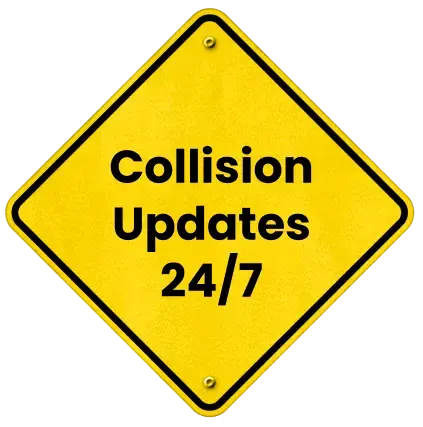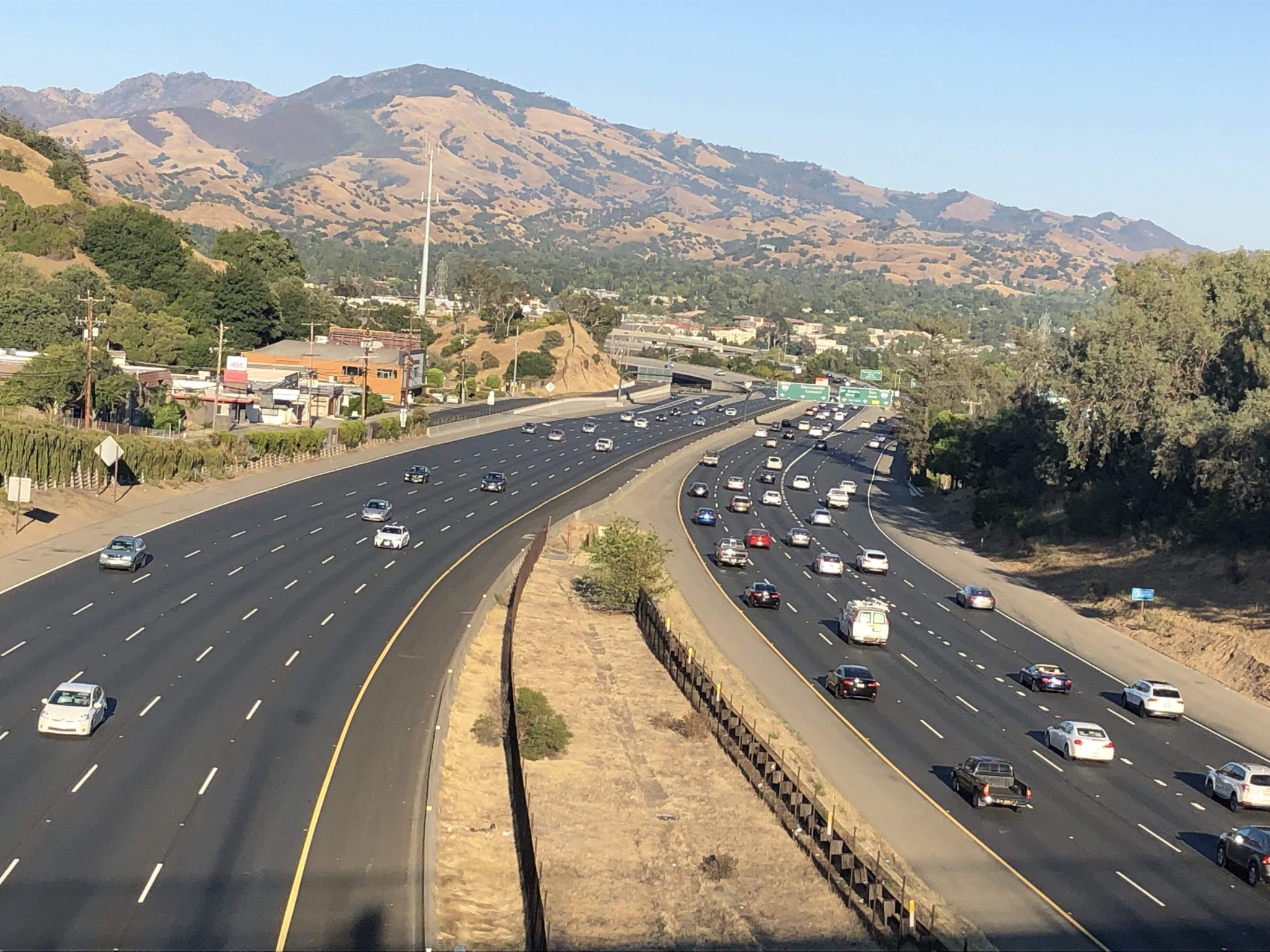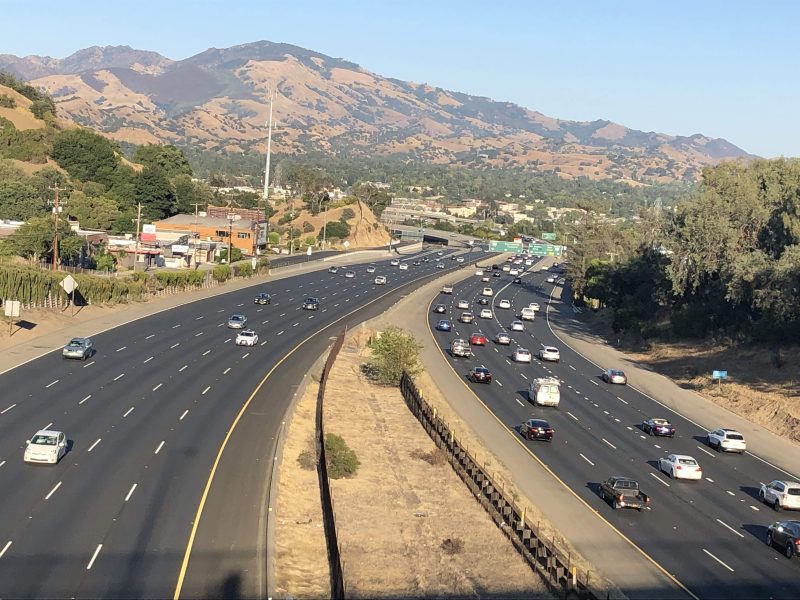
Evidence You Need After an I-70 Crash


Interstate 70 is one of the busiest highways in the United States, stretching from Utah all the way to Maryland. It serves as a major route for commuters, tourists, and commercial trucks. With such heavy traffic, it’s not surprising that accidents are a frequent occurrence. If you are involved in a crash on I-70, collecting the right evidence can make an important difference in protecting your rights and strengthening your claim.
Insurance companies and courts rely heavily on documentation. Without solid proof, your case may come down to conflicting stories. The checklist below will help you understand the evidence you should gather after a crash and how to request official reports that can support your case.
Immediate Evidence to Collect at the Scene
If you are able to do so safely, start gath ering evidence immediately after the accident. These first steps are often the most important because conditions can change quickly.
ering evidence immediately after the accident. These first steps are often the most important because conditions can change quickly.
Checklist of what to gather on I-70:
- Photos and Videos: Take wide and close-up shots of the accident scene, damaged vehicles, skid marks, traffic signals, and any visible injuries. Use your phone to capture the positions of vehicles before they are moved.
- Witness Information: Write down names, phone numbers, and email addresses of anyone who saw the crash. Independent witnesses can provide powerful support when fault is disputed.
- Weather and Road Conditions: Make note of fog, rain, ice, poor lighting, construction zones, or debris on the road. Even small details can matter when establishing liability.
- Responding Officer’s Details: Ask for the names and badge numbers of police officers at the scene. They will be the ones filing the official crash report, and you may need to reference their information later.
Specialized Evidence in I-70 Crashes
Because I-70 serves as a major trucking corridor, accidents on this route frequently involve large commercial vehicles. These types of crashes are different from ordinary car collisions and often require specialized evidence to build a strong case. Collecting this evidence quickly is essential, as much of it can be lost, overwritten, or deleted if not preserved in time.
One critical source of evidence is the truck’s Electronic Control Module (ECM), sometimes called the “black box.” This device records valuable data, including the vehicle’s speed, braking patterns, sudden accelerations, and hours of service. Since ECM data can be erased or overwritten, it must be secured immediately after a crash.
Video evidence can also play a vital role. Surveillance cameras, traffic cameras, and personal dashcams near the accident site may capture the collision. It is important to request and preserve these files as soon as possible.
In cases where distracted driving is suspected, cell phone records may provide insight into whether a truck driver was texting, calling, or otherwise using their phone at the time of the crash. These records can serve as powerful evidence when establishing liability.
Finally, thorough medical documentation is essential. Hospital records, emergency treatment notes, diagnostic imaging like X-rays and MRIs, and summaries from follow-up appointments all help establish the extent of injuries. This documentation also directly links medical conditions to the accident, strengthening the connection between the crash and the harm suffered.
Official Reports You Can Request
In addition to the evidence you gather on your own, several official reports can play a powerful role in strengthening your case. These documents are created by government agencies and first responders, and they often carry significant weight in both insurance negotiations and legal proceedings.
One of the most important records is the police crash report. Usually filed by the state highway patrol or local law enforcement, this report provides key details about the accident. It often includes diagrams, witness statements, and the responding officer’s observations, all of which can help establish how the collision occurred.
In more serious crashes, highway patrol crash reconstruction teams may be called to the scene. Their specialized investigations can offer expert-level insights into the mechanics of the accident, which shed light on factors like speed, point of impact, and contributing causes.
Weather conditions are another critical element in many cases. Official logs from the National Weather Service can verify whether hazardous conditions, such as heavy rain, fog, or icy roads, were present at the time of the crash. These records provide an objective account of the environment in which the accident took place.
Finally, reports from emergency medical services (EMS) or the fire department can be invaluable. If paramedics or firefighters responded to the scene, their documentation often details when treatment began, what injuries were observed, and how victims were cared for immediately after the crash. This information can be crucial for connecting injuries directly to the collision.
How to Request These Reports
Gathering this evidence often requires making formal requests. Here’s how to start:
- Police Crash Report: Contact the law enforcement agency that responded to the scene. For I-70 crashes, this is often the State Highway Patrol or local police. Many departments allow online requests for a small fee. You can also request a police report through our website.
- Highway Patrol Records: If the state police conducted a reconstruction, you may need to submit a public records request through their website or by mail.
- Weather Logs: Request official documentation from the National Weather Service or check their online archives for the date and location of your accident.
- EMS/Fire Reports: Contact the fire department or EMS agency that responded. They often require a signed release form to provide records.
Always keep copies of everything you receive. These documents can be shared with your attorney or insurance company to build a stronger case.
Why this Evidence Matters
Every accident has its own story, but without strong evidence, the situation can quickly become a matter of conflicting accounts. Collecting photographs, securing witness statements, and obtaining official reports allows you to build a detailed and accurate record of the events leading up to the crash.
The evidence you gather serves several important purposes. It helps establish who was at fault and holds the responsible party accountable. It also strengthens both medical and financial claims by directly connecting your injuries and expenses to the accident. Just as importantly, it preserves information that might otherwise disappear or be overlooked.
By taking these steps early, you reduce the risk of delays in your insurance claim process. At the same time, you give your attorney the tools needed to pursue the maximum compensation available for your injuries and losses.
Contact an I-70 Accident Lawyer
If you or someone you love has been injured in a crash on I-70, acting quickly can make all the difference. The evidence you gather today may determine the outcome of your case tomorrow. Our seasoned I-70 accident attorney is here to help you request official reports, preserve crucial records, and fight for the compensation you deserve
